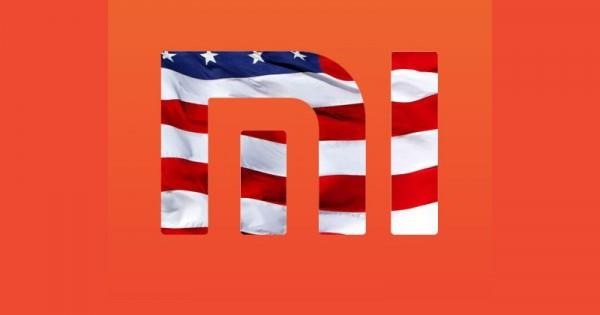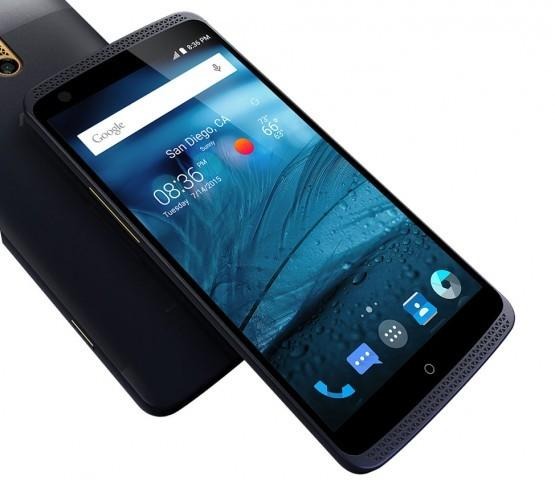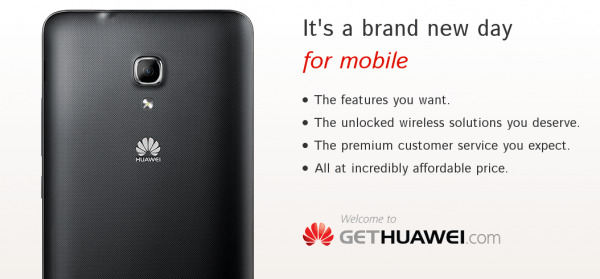Go West : The March Of Chinese Mobile OEMs To The U.S.
ZTE made an unexpected, if you haven't been monitoring the rumor mill, announcement yesterday. A new Axon smartphone brand that puts mainstream flagships on notice with its high-end specs and sub-premium price. That is, however, just the tip of the Chinese iceberg. Crowd favorite Xiaomi has made its slow crawl to markets outside China. Huawei made an interesting proposition when it announced the P8 lite smartphone and seems to be a crowd favorite for the next Google Nexus smartphone. The dragon is rising and OEMs should take note. But this journey to the West, just like the novel, is fraught with challenges.
The changing tide
For years now, the smartphone market, or at least the mainstream one, has been trying to make inroads into China and not without difficulty. Penetrating the country is no easy task, whether it be appealing to a particular Chinese consumer culture or dealing with the Chinese government. For the longest time, however, the Chinese market has long been considered the holy grail because of its size and, therefore, its profitability. Although there are some that question whether that assumption is still true, some manufacturers, particularly Apple and Samsung, have started to make progress.
Almost ironically, homegrown companies are starting to look outwards around this time as well. The reasons are myriad. It could be that now Chinese manufacturers are interested in the already steady trickle of gold in the US and Europe. Or perhaps they have started to feel a bit suffocated with the oversaturation of players, both big and small, in the country. Or maybe they believe they can offer something to these consumers that the giants have not been able to provide, particularly when it comes to price tag.

Whatever their reason may be, these Chinese companies are ready to bring their wares to the US. But desire, even readiness, doesn't immediately equate to success, and these Chinese brands are facing an uphill battle in making it big here.
The power of perception
The most immediate hurdle that these companies and their products must face is bias, sometimes unjustly deserved. "Made in China" is rarely spoken in a positive manner, despite the fact that even the iPhone, though designed in the US owes a great part of its existence to Chinese manufacturing and Chinese-made components. The Chinese market is also notorious for its knockoffs, whether in apparel or, in this case, smartphones. Here, China's black market harms the country's own legitimate business.
Perhaps in the distant past, Chinese products didn't stand up to scrutiny and expectations of quality, but that is mostly history now. ZTE and Huawei have long been in the US market for communications and networking products. Xiaomi has proven itself capable of matching the big players in performance, user experience and, most importantly, price. OPPO and Vivo have also raised the bar of quality, innovation, and, sometimes, insanity.

The facts may have changed already in the past years, with Chinese brands putting out quality smartphones after another. But prejudice, like bad habits, don't die so easily.
The carrier equation
Even without the emotional or psychological factors, Chinese OEMs are faced with another huge hurdle: differences in consumer cultures. Outside of the US, particularly in Asia, smartphones are more often than not bought in full price. They may or may not be locked to a certain network or bought from a certain carrier but that has usually little bearing in how the device is purchased or paid for. In contrast, consumers in the US are seemingly forever chained to carrier subsidies, no matter how unreasonable the total price might be in the end. Never underestimate the convincing power of a lower upfront price tag.
Carriers, of course, choose their battles wisely. They don't just add every device out there willy-nilly. Only a select few that, in their mind, give the best balance of profit and features, make it to their shelves. This makes it all the more difficult for Chinese makers to break through. On the one hand, many in the US are wary of buying from online stores or in very few store locations managed by a manufacturer directly. On the other hand, getting a device added to a carrier's roster involves a lot of negotiation and exchange of money. So it's either Chinese businesses adapt to the expectations of consumers or they wait for the right time when consumers have broadened their expectations.
And some companies are taking either, or even both, positions.
Going with the flow
Given these problems, it is interesting to see how different Chinese manufacturers have tried to ride the tides. Their strategies are as varying as the devices they carry.
ZTE has had a upper hand when it comes to carrier relations, with major US carriers carrying its devices. It's latest Axon smartphone, however, is somewhat a leap of faith. A high-end flagship-level device at a slightly lower price tag, sold directly from ZTE's online store or through retailers. ZTE has definitely done this dance before, but now it has clearly stepped up its game.
On the opposite extreme, OPPO has seemingly just settled for the status quo, at least for now. OPPO offers some of its devices to international buyers through the OPPOmart website or through various retailers. It spends some amount of marketing and spreading the word outside of China, but seems to be using minimal effort, simply waiting for buyers to come if they're interested.
Huawei is starting to become even more aggressive. When it announced the mid-range P8 lite last month, it brought with it an interesting proposition. Aware of the sway of carrier subsidies and warranties, Huawei proposed to replace all those, allowing buyers to pay in increments and offering two-year warranties, the same that they would get if bought from carriers. It's a somewhat novel business strategy that others could emulate, though it has yet to be proven in practice. And if the rumors are true, producing the next Nexus smartphone could also help in improving the perception of the brand. Presuming, of course, it does a great job at it.

In contrast, Xiaomi is somewhat more passive, more laid back, more "wait and see". It has started its trek outside China but has so far limited its presence to a few Asian markets. Its first Western stake isn't even in the US, it's in Brazil. Xiaomi undoubtedly wants in, but it admits that the factors just aren't right yet to start selling its smartphones wholesale in the US. Until then, fans have to settle for accessories and toys.
Lenovo is a strange case. Its acquisition of Motorola practically gives it a bigger marketshare in the US than any of its compatriots. At the same time, however, its own Lenovo-branded smartphones haven't exactly left a mark. Plus, it is undergoing a change in China, starting a business more akin to Xiaomi. In short, Lenovo is everywhere, but it might also be starting to spread itself too thin.
Final Thoughts
Do we even need these Chinese manufacturers in the market? The underlying question to that is whether we actually need more players. The smartphone market may seem almost oversaturated even the US, but what you really have is akin to a monoculture dominated by Apples, Samsungs, and LGs. And monocultures aren't exactly ideal in the long run. The influx of strong Chinese brands could inject fresh blood into a stagnating market. The big players have already acknowledged how these Chinese devices have started to affect their earnings. Getting them to join the big leagues could very well also motivate them to innovate and differentiate harder. And maybe even bring down prices a notch.
